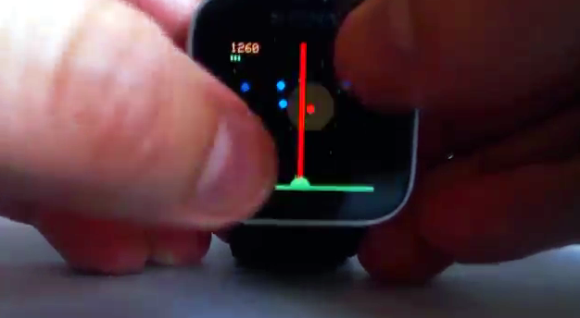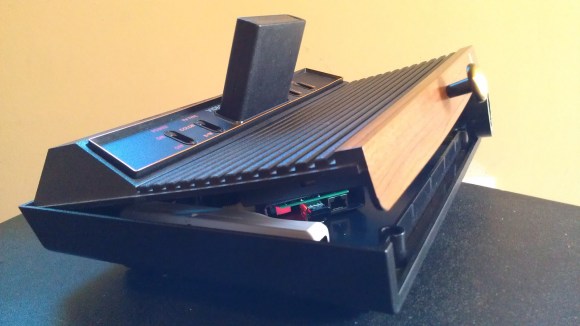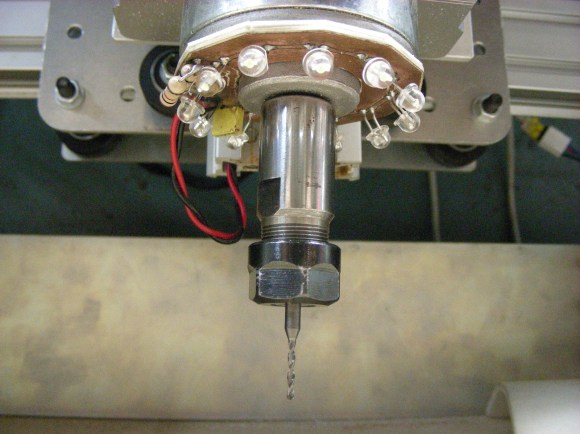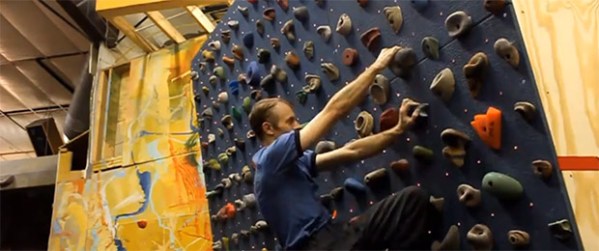
At the beginning of the fourth Bond film, 007 escapes from a French château with a jetpack. While the jetpack has yet to take off for those of us who aren’t secret agents, there is a way for anyone to fly just like Bond. It can’t lift a full-scale human yet, but [Rodger]’s Project Thunderball can let a mannequin hover for several minutes.
The stand in for [Sean Connery] in [Rodger]’s build is a 2.2 lb mannequin – actually an ‘inflatable companion’, if you will – stuffed with styrofoam peanuts. The actual jet pack is a quadcopter souped up with larger motors, propellers, and enough batteries to deliver 1kW. There’s no belt for this quad; the mannequin rides the machine like you would a horse, straddling the electronics while very high-speed props spin just inches away from the tender bits of an inflatable plastic doll.
[Rodger] is able to get about 8 minutes of hover time out of his quadpack, an impressive feat that also allows his flying machine to deliver beer and pizzas.
Continue reading “The Thunderball Jetpack Becomes A Quadcopter”
















